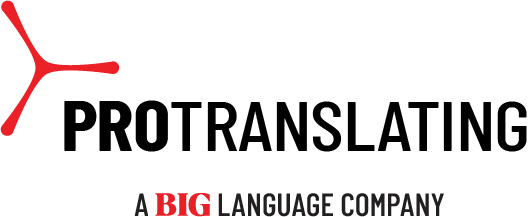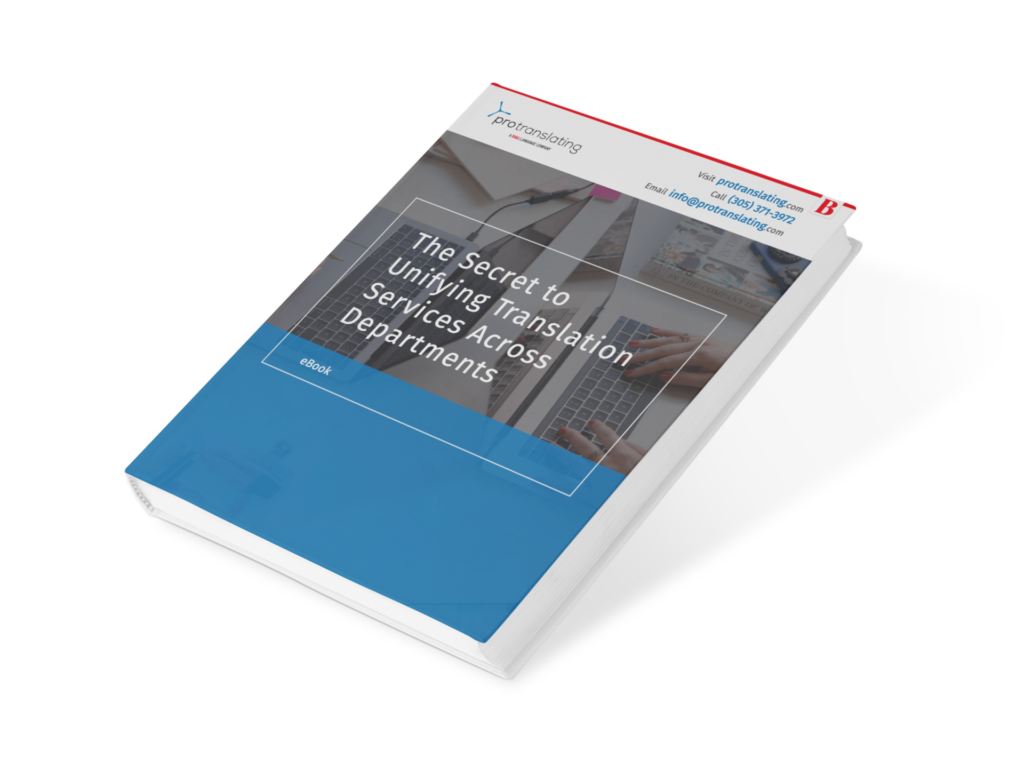Today’s organizations have plenty of options when seeking an authoring tool to create eLearning course content. But the features of these software solutions can vary widely, so it’s worth taking time to evaluate their options and make sure these tools offer the right combination of features and functionality.
Articulate Storyline is one of the leading authoring tools for eLearning content, largely because it helps users create professional, sleek and interactive course content while also offering one of the industry’s easiest user interfaces. For large organizations creating courses for multiple languages and regions, the Articulate Storyline translation and localization features are one of the software’s biggest difference-makers.
Creating accurate translations and localizations of content is of the utmost importance to these organizations. In many cases, it’s important that new versions of each course be produced and deployed as efficiently and quickly as possible. Articulate Storyline localization and translation offers one of the best approaches to creating courses across however many languages your company intends to serve.
Here’s a closer look at how Articulate Storyline translation and localization can improve and accelerate your eLearning course creation.
How Articulate Storyline Localization and Translation Supports eLearning
The Articulate Storyline 360 authoring tool promises to help you create “any course you can imagine, on any device imaginable.” It also simplifies the process of duplicating existing courses in a new language, allowing organizations to build any number of language-specific versions of a course once they have the course created in its original source language.
Once a course is ready for translation, the text of the course can be exported as a .doc or .xml file, which can then be provided to your organization’s language service provider (LSP). These documents provide a framework for translating and localizing course content, and once it’s completed, it can be uploaded into a duplicated version of the course.
While there is almost always additional translation and localization work to do, this imported document serves as the centerpiece for your newly created course. Translation specialists can go directly into Articulate Storyline’s user-friendly platform to make other localization adjustments where needed. Additionally, non-text content like voice-over narration, audio and video clips, and graphics may need to be exported separately to be localized for the new language.
The good news is that Articulate Storyline localization and translation makes this course creation easier than ever. Thanks to collaboration functionality, streamlined stakeholder review, and an active online community to offer support when you’re stuck, Articulate Storyline 360 sets the stage for painless, efficient, and cost-effective translations of courses into all of your target languages.
Other Benefits of Articulate Storyline
When translating and localizing eLearning courses for new languages, organizations enjoy a number of benefits by using Articulate Storyline.
These benefits include:
- Responsive design for all courses. Storyline 360’s responsive player makes it easy to create a single course that plays on any desktop or mobile device. This even applies to interactive modules within the course.
- Easy translation into languages with unique formats. Articulate Storyline translation and localization serves right-to-left reading languages like Arabic, Farsi and Hebrew, as well as double-byte character languages like Japanese, Chinese and Korean.
- A large library of interactive features. With Articulate Storyline, users can add dials, sliders, buttons, hotspots and other interactive elements that facilitate better learning—and a more engaging environment.
- Simple font replacement. This feature becomes useful when a given font presents limitations when used for a second language. Some fonts have limited double-byte character libraries, for example, which can hurt the accuracy of translation and localization.
- Text-to-speech conversion. This feature allows text to be converted into narration, which can make it easier to accurately translate and localize the eLearning course for new languages.

Tips to Optimize Articulate Storyline Localization and Translation
While Articulate Storyline is popular because it offers an easy user interface and a manageable learning curve, there are still things you can do to optimize your success with Articulate Storyline Translation and Localization, such as:
- Consider how changes in text size will affect layout and experience. Translation and localization can lead to changes in text size range from 20 to 50 percent. While responsive design makes layout adjustments much easier, pay attention to any potential impact this size change creates for your eLearning course, especially any interactive elements.
- Conduct an audit prior to translating exported course text so that you know which other features need to be translated and localized. This includes photos, videos, color schemes, fonts, and other multimedia and design elements. Your LSP may identify additional assets that need attention, but this early audit will help estimate the scope of the project.
- Always conduct pre-live testing of a translated course among a localized audience. This live testing with native-language users could identify small oversights that might inhibit the course experience if left unaddressed.
- Make sure you have access to a computer with a Windows OS. Articulate Storyline 360 isn’t available for Mac computers, so if you want to use this authoring tool, you’ll need to make sure you have the right device.







